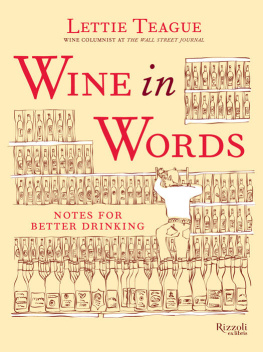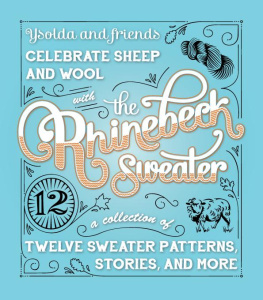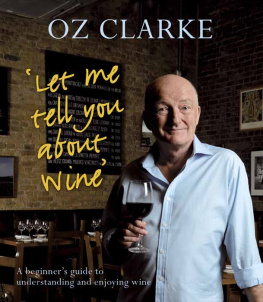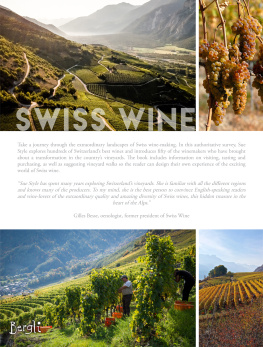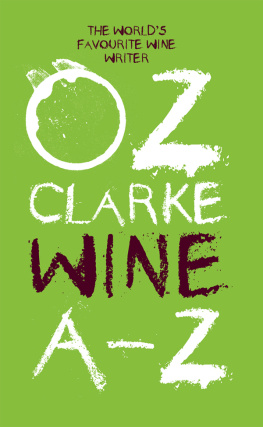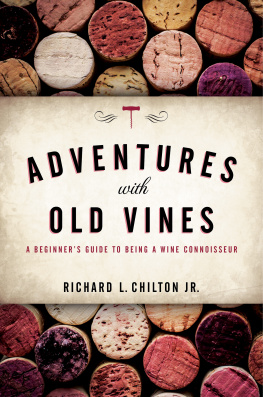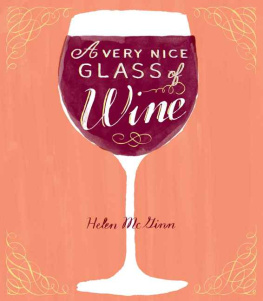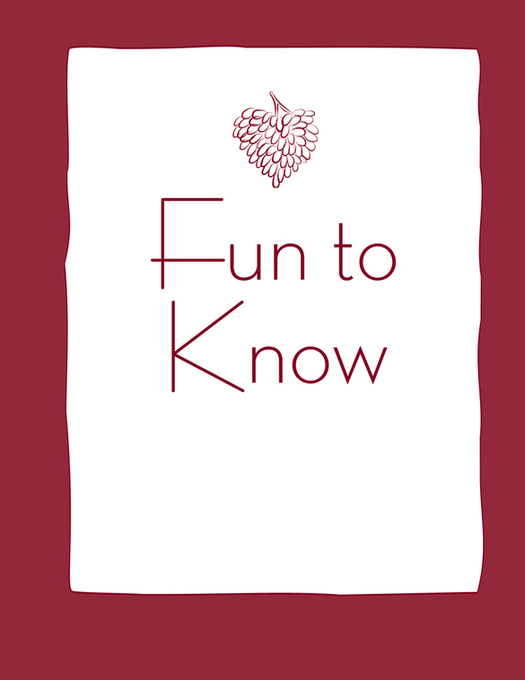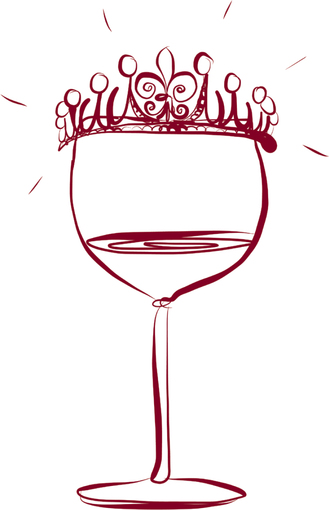P RAISE FOR L ETTIE T EAGUE
AND Wine in Words:
The perfect book for oenophiles and oenophobes alike. Fun facts, crisp writing, and no pretensions. Lettie Teague has written the first and only wine book I could read from beginning to end without getting a hangover. Wine in Words should be on every bookshelf in America.
NELSON DEMILLE , bestselling author
If Nora Ephron had been a wine journalist, her work would read like that of Lettie Teague.
PETER HELLMAN , The New York Sun
Lettie Teagues Wine in Words can be joyfully paired with every reader who is seeking brilliant, entertaining, and incisive writing about all things wine.
DREW NIEPORENT , restaurateur, Tribeca Grill, Nobu, Btard
Lettie Teague is a true originalwitty, articulate, and in love with wine as well as fascinating people. One of Americas most gifted commentators on all things about wine.
ROBERT M. PARKER JR ., founder, The Wine Advocate
First published in hardcover in the United States of America in 2015
by Rizzoli Ex Libris, an imprint of
Rizzoli International Publications, Inc.
300 Park Avenue South
New York, NY 10010
www.rizzoliusa.com
2015 Lettie Teague
Illustrations WACSO
Design by Vertigo Design NYC
This ebook edition 2015 Lettie Teague
All rights reserved. No part of this publication may be reproduced, stored in a retrieval system, or transmitted in any form or by any means, electronic, mechanical, photocopying, recording, or otherwise, without prior consent of the publishers.
ISBN-13: 978-0-8478-4544-6
eBook ISBN: 978-0-8478-4544-6
v3.1
For Roger, always
Contents


Introduction
A BOOK OF ESSAYS SHOULD BE READ SLOWLY over a period of timea week perhaps or even a month. Like a good wine (an inevitable analogy), a book of essays should be savored, not gulped. To extend the wine analogy further (just once, I promise), its a bit like an open bottle of tawny Port. Unlike a regular bottle of wine or even vintage Port, a tawny Port can last a long timeas long as a month. Tawny Port doesnt deteriorate in the way that a bottle of regular will because its made in a purposely pre-oxidative style. (There are some practical tips like that in this book too.)
Theres also an essay that includes Port. Its one of my favorite dessert winesalong with its stylistic opposite, Moscato. There are essays about some of my least favorite wines too (see under: South African Pinotage) and wines that other people hate so much that they even formed a club (ABC or Anything But Chardonnay).
There are essays about practical stuff like buying, storing, and collecting wine as well and matching wine and foodespecially cheese. Were ever two things more often combined, or at least talked about, as cheese and wine?
There are also essays about wines at weddings and the best wines to give as presents (hint: when in doubt, supersize). Both topics come up over and over again in everyday life, and yet I can count on one hand the number of weddings Ive attended where good wine was served. Why do people spend so much on flowers and so little on wine? The one exception seems to be Champagnemost brides and grooms seem willing to spend a bit on their wedding Champagne. Maybe thats why its the only wine they can actually remember.
There are profiles of a few of my favorite wine regions such as Sicily and Napa and Sonoma and Chablis. There could probably be a lot more of these since I dont think Ive visited a wine region that I havent liked and wanted to visit again and again. Wine regions are almost by definition desirable places. Im ever mindful of the fact that the places that others visit on vacation are invariably the places I visit for work.
There are essays about winery dogs and plenty of essays about people. In a way, of course, every essay in this book is about a person in one way or anotherwinemakers, winery owners, wine collectors, retailers, wholesalers, and sommeliers. And wine lovers who like to read about wine. As the wine columnist for The Wall Street Journal and prior to that, the wine columnist for Food & Wine magazine, I am especially indebted to the wine lovers who are also wine readers. This book is for you.
A vine that doesnt have to work hard will create an innocuous winemuch in the same way that a life of leisure may produce a neer-do-well.
The Well-Dressed Wine

I DONT RECALL THE EXACT MOMENT when wine transitioned from a beverage to be consumed to a glass of something that needed to be adorned, but it happened some years ago when I wasnt paying much attention. And now every other glass of wine that Im served at a party seems to have some sort of gimcrack or geegaw on the stem or the base of the glass. Im talking about wine accessories, of course.
A particular favorite of a friend are the bits of plastic jewelry that encircle the glass stem. Now you can tell which glass is yours, my friendand many other hostesseshave said to me as she handed me a glass to which shed attached something that looked like a plastic doll shoe.
Never mind that wine drinkers have managed to keep track of their glasses for many hundreds of years without resorting to plastic doll shoes as identity clues. Or that maybe they didnt want to think about shoes while drinking a glass of Ptrus.
And decorated glassware is just the beginning of this seemingly endless wine accessories binge. There are battery-powered corkscrews that light up at night (just in case the electricity goes out or the conversation lulls?) and there are pens that you can use to draw pictures right on the glass. There are even outfits for the bottles themselvesthe kind that children once liked to put on the family dog.
The wine accessories business actually seems to have a lot in common with the pet industry. The same sort of people who buy clothes for their pugs are probably buying rhinestones to enhance their Merlot.
And yet all this adornment wont alter the fact of a wine (or a dog, for that matter) thats no good. A bag or a ring or a bit of writing on the glass is at best a distraction. And with a good wine in hand, the last thing that a drinker wants is to be distracted from the wine in the glass. Thats far worse than finding out halfway through dinner that the glass youve been drinking from isnt actually your own.
Around the Watering Hole

PEOPLE TALK ABOUT WINE IN ALL KINDS OF WAYS . Theres conversation that takes place over a meal, which may be about the merits or the pitfalls of a particular pairing. Theres the chat in a wine shop or restaurant with a merchant or sommelier when a recommendation is needed or some insight into a particular producer or vintage is sought. There are conversations that take place in winery tasting rooms but theyre often one-sided. (Would-be tasters hold out glasses and the staff describes what they should expect to find inside: Hints of cherry, dark fruit, and vanilla.)

